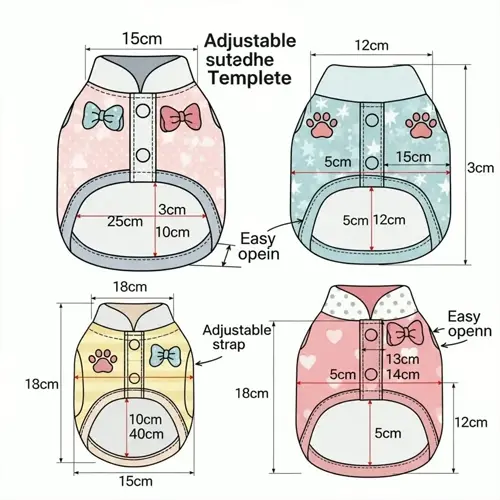How should owners respond to crate whining?

Written by
David Smith
Reviewed by
Prof. Henry Webster, Ph.D.Interpreting crate whining accurately and responding appropriately takes care. First, determine cause: if whining to get attention, it stops when ignored. If whining is for other reasons, whining and distress continue. Puppies under four months of age often need to eliminate. Do not punish vocalizing. Instead, positively reinforce quiet.
Attention-Seeking
- Wait for 3 seconds of quiet before approaching
- Ignore whining completely during this period
- Reward silence with delayed treat delivery
- Limit testing to 15 minutes maximum duration
Distress Signals
- Respond immediately to urgent vocalizations
- Check for bathroom needs or physical discomfort
- Shorten training sessions by 50% if anxious
- Consider crate alternatives for severe cases
Puppy whining requires special attention. Puppies cannot yet control their bladders, which means they need to take breaks consistently. You want to respond to nighttime whines promptly and take the dog out for bathroom breaks. You should not exceed age-appropriate confinement times. I would suggest starting alarms every two hours.
Differentiate vocal breeds like Huskies from true distress. These breeds are naturally more vocal than others. You should also be able to hear the difference between a dog that is just playing and having fun versus a dog that is panicking. You shouldn't punish a breed for being more vocal; instead, allow an outlet for their vocalization.
Enhance calm behavior effectively. Use delayed rewarding after quietened periods. Initially, reward a quiet period of 3 seconds before giving a treat. Later, gradually extend this to a period of 30 seconds. Use verbal praise in conjunction with the rewards. This will teach the dogs that quietness brings attention.
Read the full article: 10 Essential Dog Crate Training Steps

